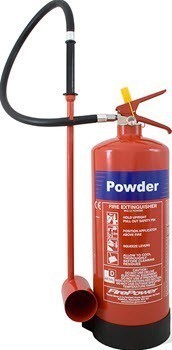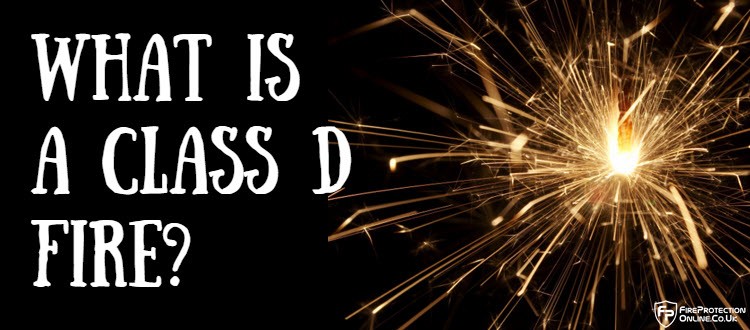The purpose of fire classes is to help people identify the different types of fire. That is then helpful for choosing the proper fire-fighting method to tackle a fire.
It is often the case that using the incorrect fire extinguisher will intensify the flames and cause more damage and risk to life. And a Class D fire is no different, so you need to recognise whether this type of fire is a potential hazard to you.
Class D
Although one of the least common types of fire, a small Class D fire can quickly spread and intensify. A Class D fire involves flammable metals, such as magnesium, titanium, potassium, and lithium.
It is important to note that not all metals are flammable. And even those which are, large sheets of the metal only pose a small risk.
Instead, these fires are commonly the result of metal fines.
They are tiny pieces of metal, like dust and shavings, which are often left over from machine processes. That means the greatest risk of a Class D fire is in laboratories and industrial facilities.
So you’re unlikely to fall victim to this at home, but in a work situation, standards must be followed.

Preventing a Class D Fire
Like any fire, a stray spark could ignite a Class D fire, which means you should act to limit the chances of this happening.
This can mean a no-smoking area, and keeping metal fines away from other works which cause it to catch fire.
You should observe that carrying out regular tidying could prevent a potential fire. Where there is any sort of risk, ensure you are providing the correct fire-fighting equipment.
Tackling a Class D Fire
The only extinguisher which will effectively put out a Class D fire is a L2 metal powder extinguisher. These work by smothering the metal of oxygen and cooling the flames, causing the fire to stop.
It would be helpful for any staff who might come into contact with this type fire, to undergo training. Because they are so rare and unexpected, the situation can get dangerous quickly.
Everyone needs to be aware that you should not use water on this type of fire. This is because it will act to spread the fire and act to actually energise the fire so it causes more damage.
So ensure you’re protected against this happening, by knowing how to prevent and fight a Class D fire.
